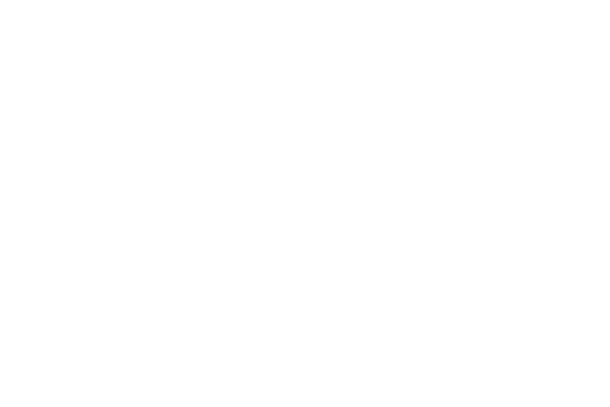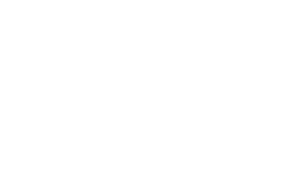 |
 |
 |
|
|
 |
JORIEN KEMERINK
WHO IS JAY KAY
Jorien Kemerink (1986) is an art director and designer. Her specialty is color, where she uses expressive visual language to bring your graphic concepts, interiors, pop-up events, photo sets and brand identities to life.
Contact her for any inquiries at: contact@jaykaystudio.com
The name Jay Kay originates from the founder's initials JK. She is a creative head from The Netherlands with a talent for getting things done. She is experienced in multiple fields of design, working independently since 2009. Jorien graduated with an Industrial Design degree at TU Eindhoven. Thereafter, she completed her masters in Interior Architecture at Sandberg Institute Amsterdam.
Jay Kay has travelled for her work to Beijing, Milan, Paris, Berlin and Cape Town. The studio currently operates from Amsterdam and Mumbai, exploring two different worlds of style - the eastern and western.
Clients include: Adidas, Philips, KLM and various fashion brands, magazines, art galleries and educational institutions.
STUDIO KNOL>
|

|
Posted 13 October 2018
|
|
SKINNED is a growing collection of fragile mold-casts from places. This project by Jorien Kemerink from Dutch studio KNOL looks at the emotional connection that people have with a space. Memorable or special parts of buildings and other ‘solid’ spaces can be copied endlessly into foldable skins, using rubber latex. These thin fragments of spatial memory show physical details of the original place, but also capture traces of dirt. Hereby, the history of use is caught in the cast. Like skin transplantations they can be taken to other spaces where they get new spatial meaning. They take us to a world in which places are no longer fixed to specific locations, but become nomadic or ‘liquid’. The skins are mostly taken from vacant buildings, where all life has left the place. When a vacant building is being reused again, you often encounter dirty or decayed spaces. The material latex provides you with a way to 'seal' all the dirt and put a clean layer on top. It makes the place instantly useable. When you leave again (often the use of vacant buildings is temporary), the parts that you want to preserve can be cut out, folded and taken to new locations.
|
|
|
|
|
|
|

Skinned
Concept and realization by Jorien Kemerink
Jaykaystudio.com
Photos by: Jorien Kemerink and Rob ‘t Hart
|
|
|
|

|

|

|

Skinned
Concept and realization by Jorien Kemerink
Jaykaystudio.com
Photos by: Jorien Kemerink and Rob ‘t Hart
|
|
As published on Dezeen:
Shrouds of latex cast from derelict buildings hang in this installation by Amsterdam design studio Jay Kay, forming ghostly recreations of spaces.
Called Skinned, the project features a growing collection of latex sheets cast from buildings and streets that can be cut, folded up and taken elsewhere. It was initiated by Jorien Kemerink.
The material creates a translucent copy of the architectural details but also captures some of the dirt. "The history of use is caught in the cast," says Kemerink. "Like skin transplantations, they can be taken to other spaces where they get new spatial meaning."
She particularly finds the process useful when designers or creatives take over a vacant building for a short space of time.
"When a vacant building is being reused again, you often encounter dirty or decayed spaces," she explains. "The latex provides you with a way to 'seal' all the dirt and put a clean layer on top, making the place instantly useable."
"When you leave again the parts that you want to preserve can be cut out, folded and taken to new locations," she adds.
Kemerink has taught a class at the Central Academy of Fine Arts in Beijing, China, where she worked with students to make casts of places in the city.
"This project looks at the emotional connection that people have with a space," she said. "My dream is to collect more and more special places in various places all over the world."
Kemerink devised the project as part of her Masters graduation at the Sandberg Institute in Amsterdam.
|
|
|
|
|
|
|
|
|
|


